If you enjoy quotes we have a fun challenge for you. Go to your preferred quote-website (Brainy Quotes, Goodreads), type in the word “innovation”, read through the results and try to find a prominent humanitarian amongst its authors. You will be looking for a long time. But why?
The ALNAP Review of Humanitarian Action (RHA), an annual analysis of key trends and issues relating to humanitarian performance, highlights that the development sector’s monitoring and evaluation frameworks don’t capture novel approaches and fresh ideas. Instead, the sector tends to identify the same problems and issues. This is often subject to criticism from professionals both within and outside the development world. But the study also highlights that “this does not mean that the humanitarian endeavour is lacking an innovative spirit”. The motivation to extend assistance to vulnerable individuals affected by crime, conflict or natural calamity has driven individuals to extreme lengths – and led to considerable ingenuity and perseverance.
We at IOM X agree and believe that such ingenuity holds tremendous potential; especially in the fight against human trafficking.
Going against the grain of public perception, we decided to celebrate the role of innovation in development by launching this 5-part blog series on new ideas and innovative practices in counter-trafficking. This series will provide novel examples highlighting the sector’s innovative thinking, how we at IOM X develop new ideas in collaboration with our partners and how we move initiatives from concept to execution.
| “But who is this IOM X to suddenly start talking about innovation?” – you may ask yourself. |
Good question! We will start this blog series by covering a few ideas IOM X is currently working on. Some of them are mere concepts, but others have already seen the light of day and are waiting to be scaled. The common denominator is that we are very excited about all of them and we believe that you should be excited, too. So without further ado, we are introducing our list of innovative counter-trafficking projects: The IOM X Innovations Menu!
INNOVATION 1 – IOM X eLearning (SCALING)
As part of our Learn, Act, Share philosophy, IOM X has developed an eLearning platform which allows you to take short, in-depth courses on various topics around the issue of exploitation and human trafficking.
Each course is designed to be fun, interactive and educational. In order to provide learners with a visually visceral learning experience, IOM X uses Lego to illustrate counter-trafficking concepts without having to rely on the negative imagery depicting victimization, bondage and physical violence. An added benefit of using toy figures is that all imagery featured on the portal remain culturally neutral, which would be difficult to accomplish with real-life photography. Each course features a series of interactive quizzes and activities to keep our audience engaged.
You can check it out here: www.iomx.org/learn
INNOVATION 2 – 6Degree (SCALING)
6degree.org is one of IOM X’s most successful innovation projects to date. The new crowdfunding portal was launched by IOM X and Microsoft in 2015 and has since been incubated into its own project. It provides individuals with the opportunity to donate and support the sustainable reintegration of former victims of trafficking and will be used by IOM to support the organization’s assistance programme for survivors of human trafficking.
In 2016, IOM commenced efforts to expand the portal’s front-facing features, its user experience and online presence. 6Degree’s scaling efforts will focus on solidifying its brand awareness to sustainably position the portal as the Internet’s principal online mechanism with which to channel individual financial commitments to trafficking survivors in a safe and secure way.
Visit 6degree.org to check it out.
INNOVATION 3 – Application for Migrant Domestic Worker (RESEARCH STAGE)
In 2015, IOM X started to engage a Fortune 500 tech company to enter into partnership for the development of a web and mobile based application aimed at empowering female domestic workers. The app will contribute towards preventing their exploitation and/or abuse across the Asia Pacific region. Of the estimated 20.9 million people living in exploitative working conditions globally, 56 percent are from Asia and the Pacific (11,700,000). Southeast Asia is a key sub-region that supplies victims of forced labor to the rest of the world. Many victims, and especially those working in domestic service, suffer from a high degree of physical isolation. In some cases, they face confinement when working abroad, which makes them particularly vulnerable to exploitation. We hope to change that.
IOM X is currently conducting research with a wide range former domestic workers, who worked in Singapore and Hong Kong, to inform the application’s minimal viable features on which basis IOM X and its partners will develop a beta-ready prototype.
INNOVATION 4 – IOM X Outreach APP (SCALING)
In November 2015 IOM X, along with its partners USAID, the U.S. Embassy Singapore and Microsoft, developed and piloted an outreach application for Microsoft’s Windows 10 mobile and desktop platforms as part of our Connect Singapore event. During the pilot project, university students from National University of Singapore (NUS) and Singapore Management University (SMU) set off to busy public areas and used the application to test 100 Singaporeans’ knowledge on the issue. The results from this study can be viewed here:
We are currently working on ways to expand the app’s functionalities including support for other operating systems, such as Mac OS and Android device families.
You can download the app from the Windows Store here.
INNOVATION 5 – The IOM X Game (IDEA STAGE)
Leveraging contacts with a private non-for profit university, IOM X is exploring the feasibility of developing an entertaining but educational mobile game, to raise awareness of exploitation of domestic workers in the ASEAN region.
The game’s features will aid to achieve both IOM X’s and 6Degree’s mandates by communicating awareness-raising messaging as a path to win the game whilst supporting individual survivors of human trafficking through an in-app interface with the crowdfunding portal 6degree.org.
This concludes our foray into IOM X’s innovation portfolio. Please don’t hesitate to contact us via www.IOMX.org/contact should you wish to help us develop, scale and/or realise any of the aforementioned projects. We will keep you updated on our progress and ask you to keep it tuned to www.IOMX.org/blog for our our next post in this series, where we will cover our Top 5 innovation initiatives from the counter-trafficking sector.
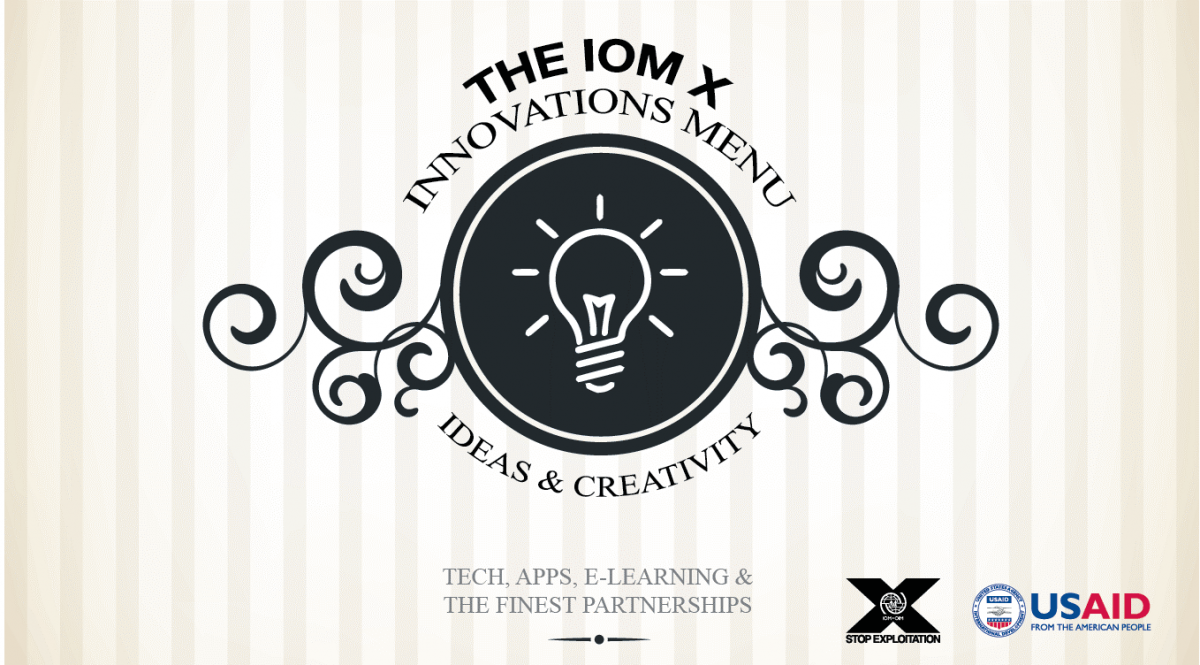
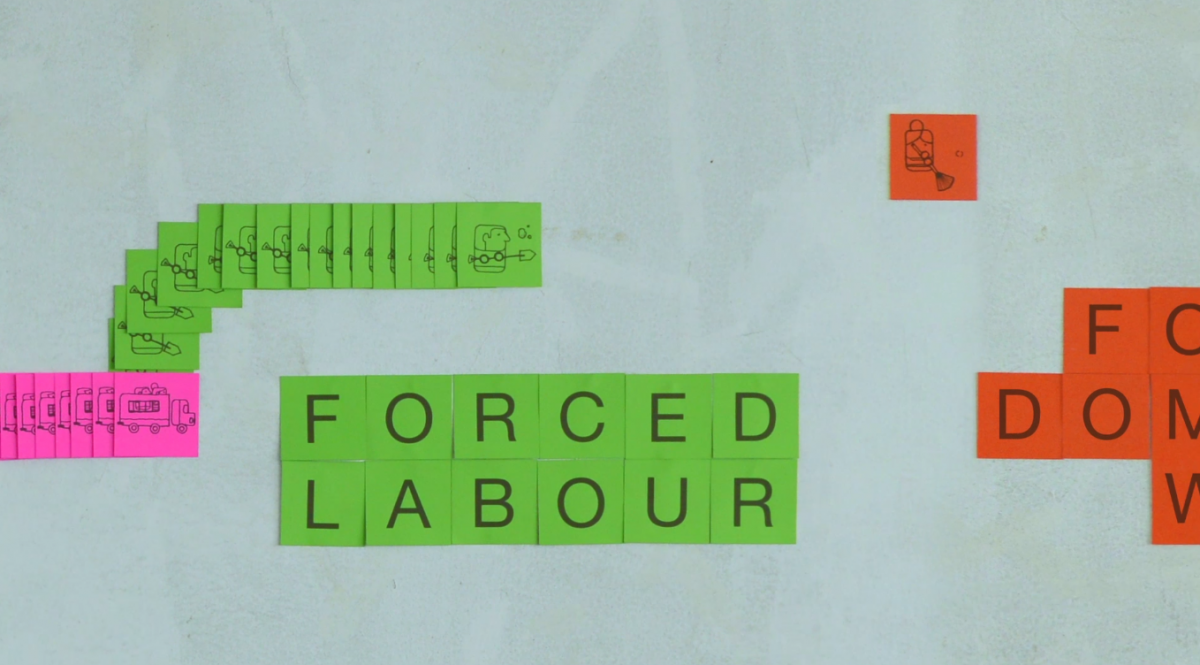

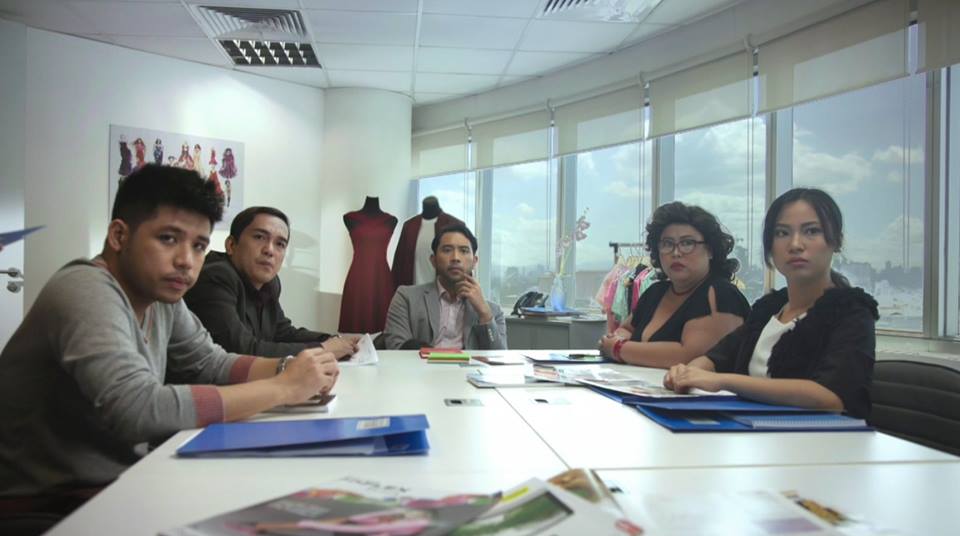
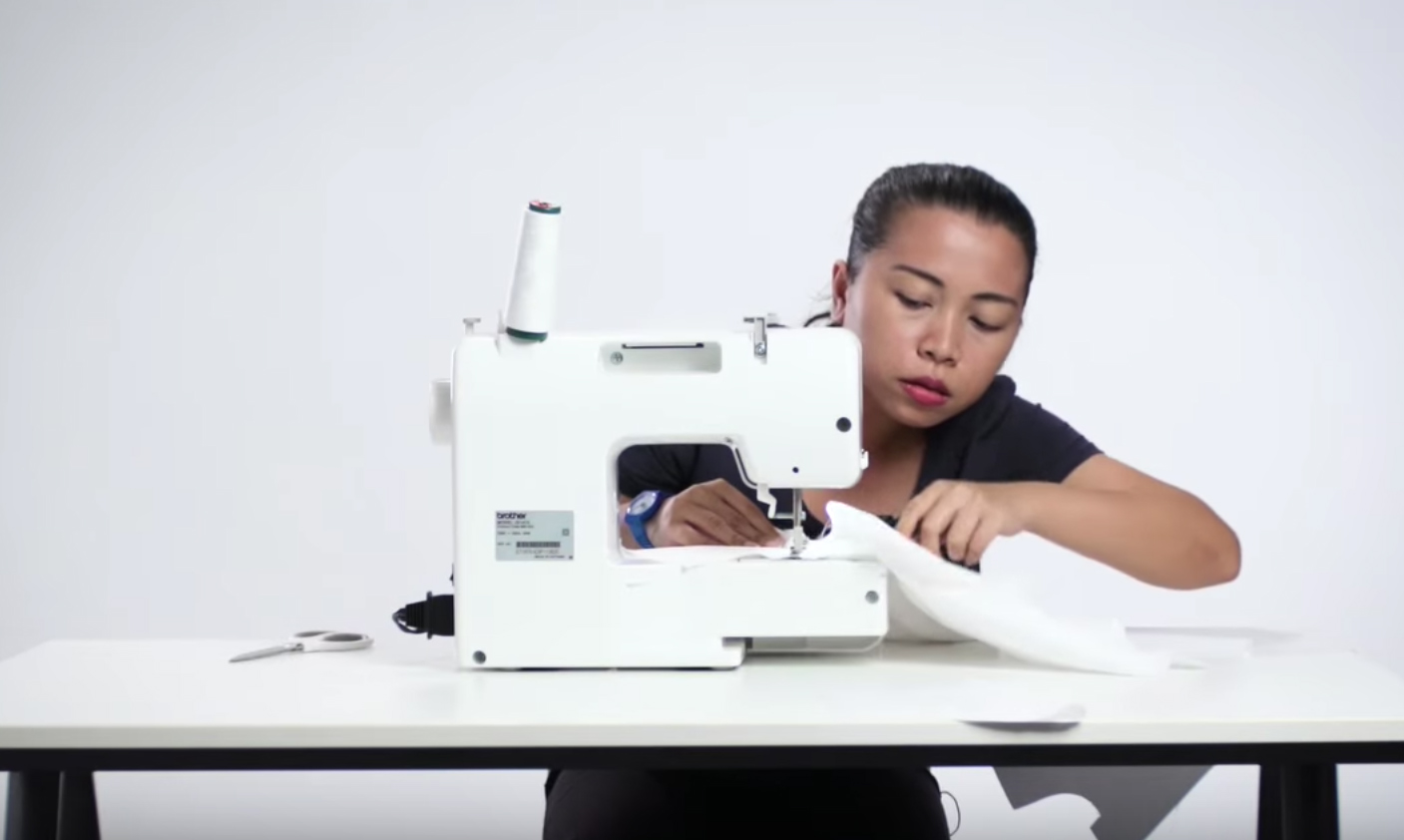
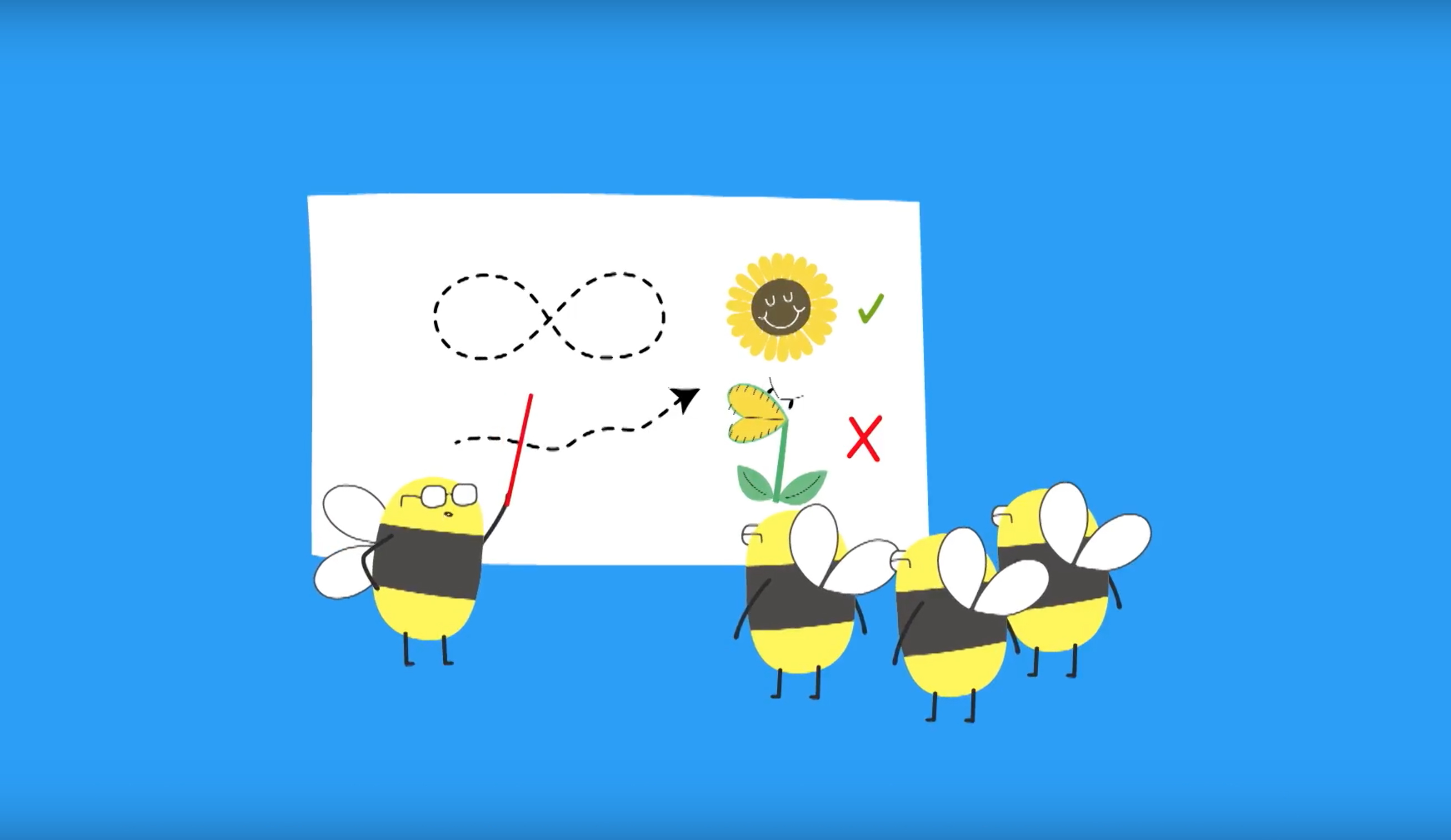

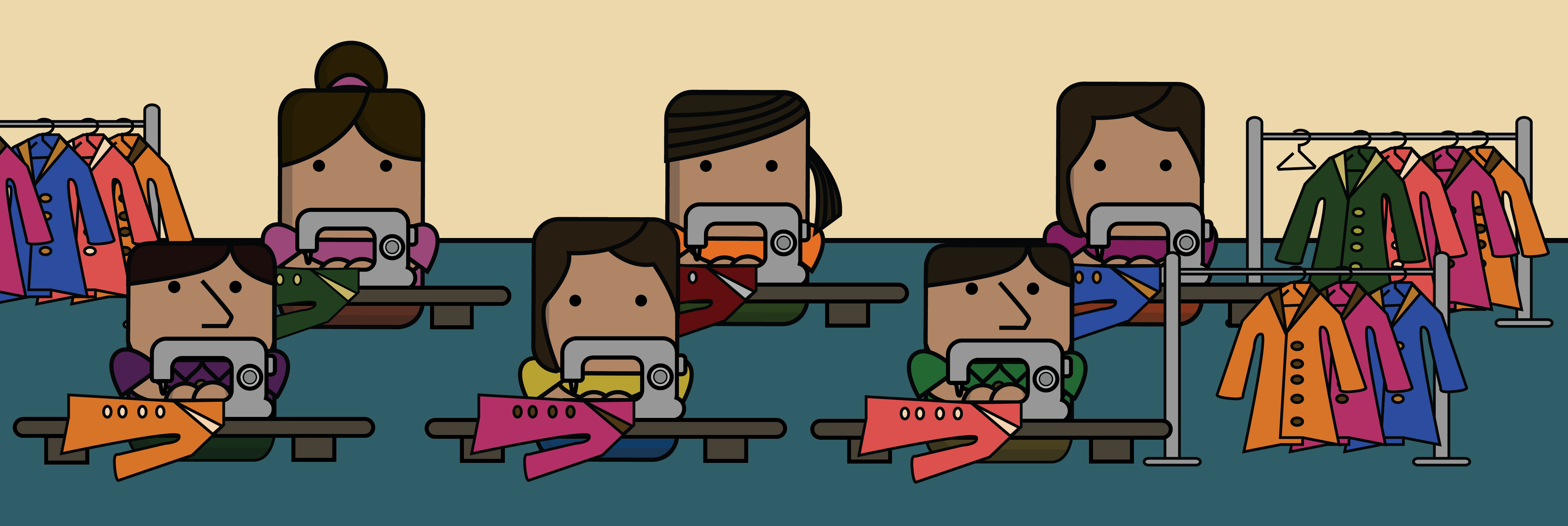
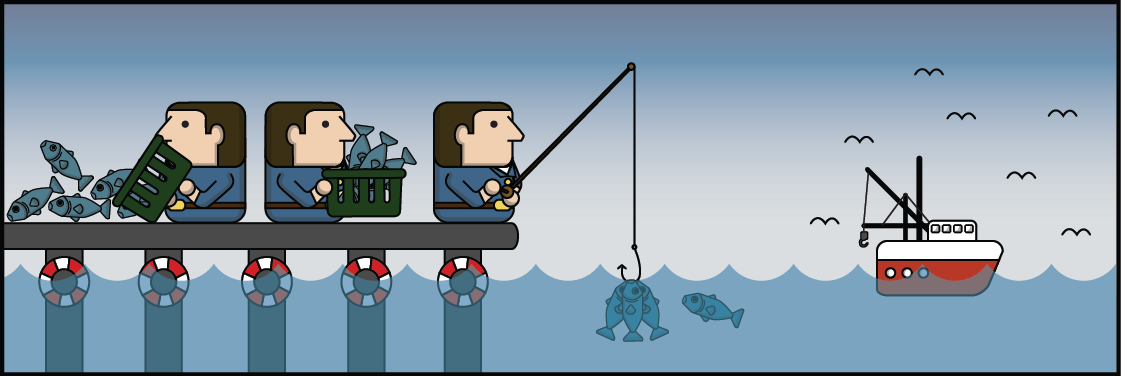
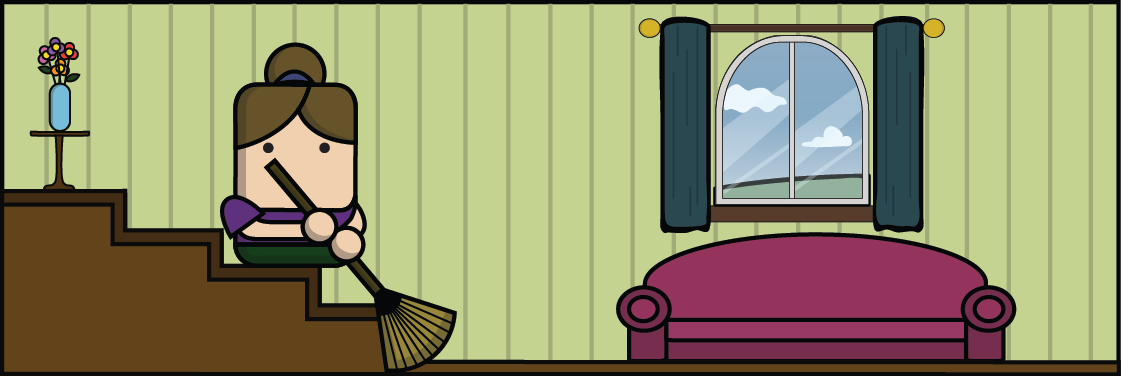
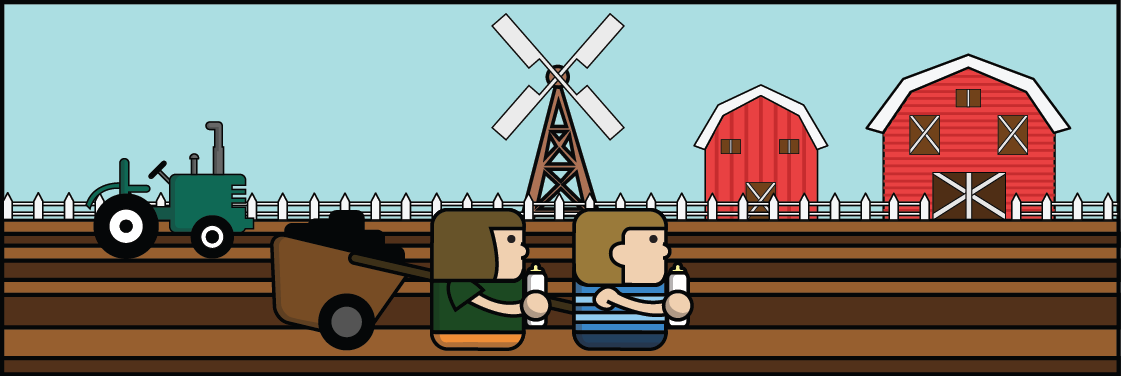
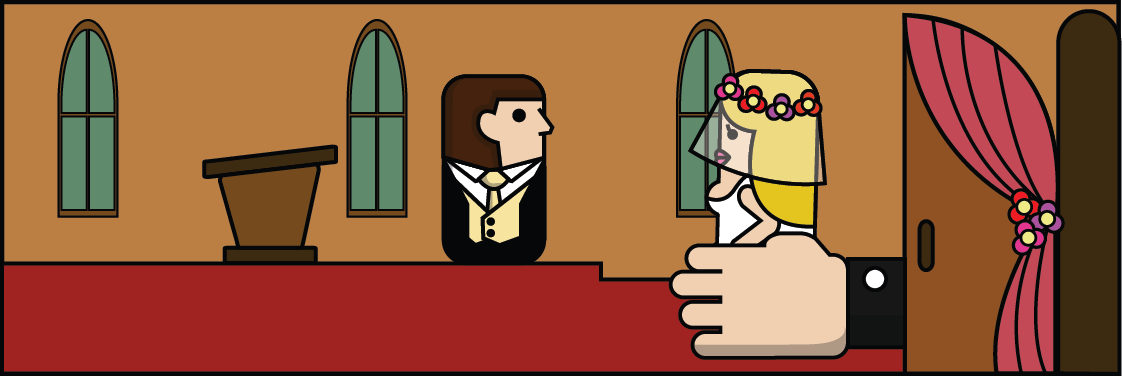
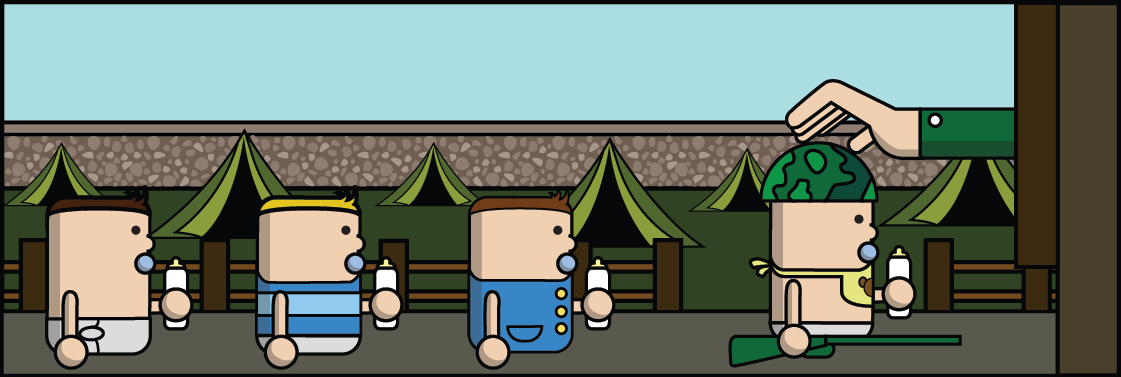
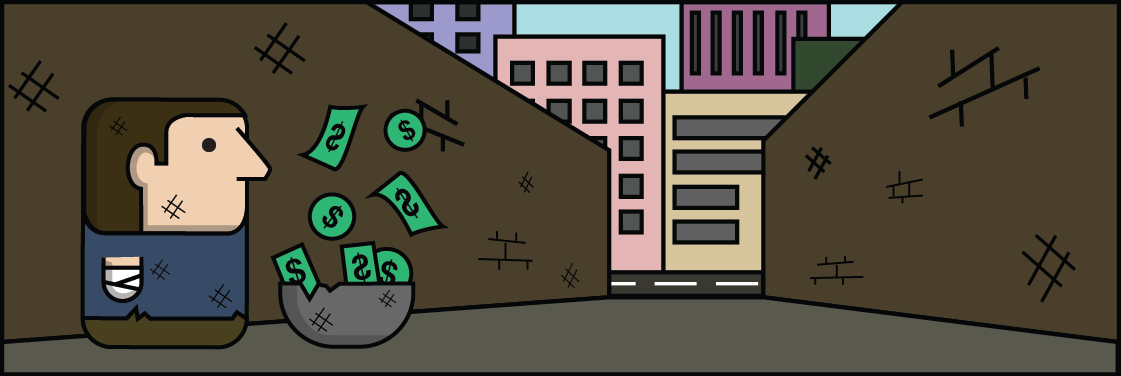
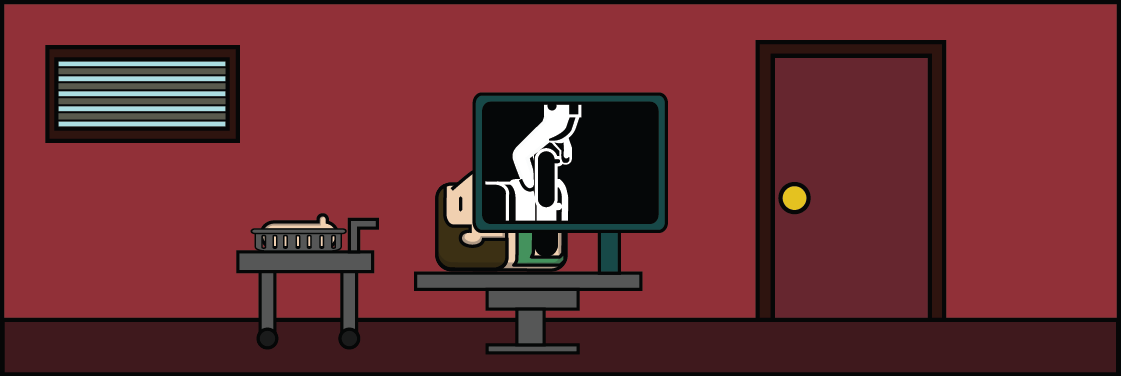
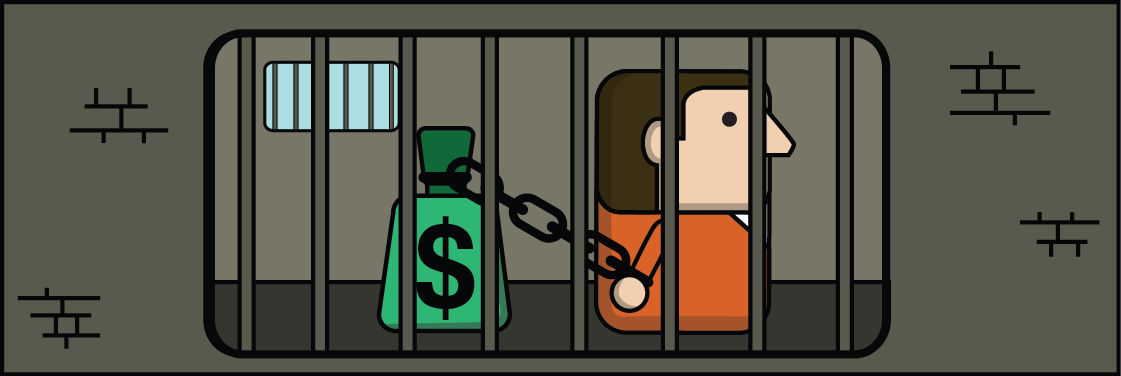
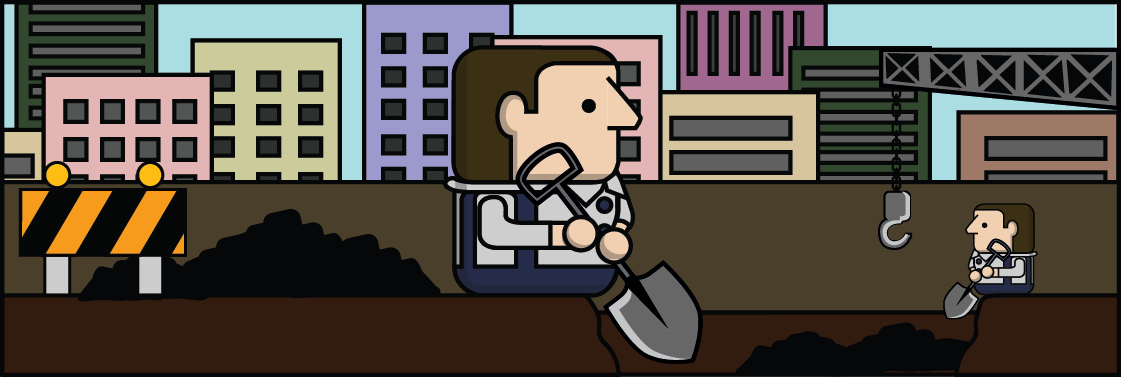

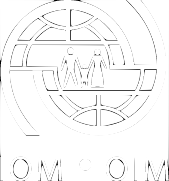 Power by
Power by